Maternal Newborn Rn
ATI Maternal Newborn Rn
Total Questions : 54
Showing 10 questions Sign up for moreA nurse in the ambulatory surgery center is providing discharge teaching to a client who had a dilation and curettage (D&C) following a spontaneous miscarriage. Which of the following should be included in the teaching?
Explanation
Choice A: Vaginal intercourse can be resumed after 2 weeks.
Reason: After a dilation and curettage (D&C) procedure, it is generally recommended to avoid vaginal intercourse for about 2 weeks. This allows the cervix and uterus to heal and reduces the risk of infection. Engaging in sexual activity too soon can introduce bacteria into the uterus, which is particularly vulnerable following the procedure.
Choice B: Products of conception will be present in vaginal bleeding.
Reason: This statement is incorrect. After a D&C, the products of conception should have been removed during the procedure. While some bleeding is normal, it should not contain products of conception. Instead, the bleeding should be similar to a menstrual period.
Choice C: Increased intake of zinc-rich foods is recommended.
Reason: There is no specific recommendation for increasing zinc intake following a D&C. The focus is typically on general post-operative care, such as rest, hydration, and monitoring for signs of infection. While a balanced diet is always beneficial, there is no evidence suggesting that zinc-rich foods are particularly necessary after this procedure.
Choice D: Aspirin may be taken for cramps.
Reason: This statement is incorrect. Aspirin is generally not recommended for pain relief after a D&C because it can increase the risk of bleeding. Instead, nonsteroidal anti-inflammatory drugs (NSAIDs) like ibuprofen are usually recommended for managing cramps and pain.
A nurse is caring for a client who is 4 days postoperative following a right radical mastectomy. Which of the following activities should the nurse anticipate being the most difficult for this client to perform with her right hand?
Explanation
Choice A reason: Brushing teeth does not require much strength or range of motion in the hand, so it should not be very difficult for the client.
Choice B reason: Buttoning a blouse can be done with one hand or with the help of the other hand, so it should not be very difficult for the client.
Choice C reason: Eating breakfast can be done with the left hand or with utensils that are easy to hold, so it should not be very difficult for the client.
Choice D reason: Combing hair requires lifting the arm above the shoulder and moving the hand through the hair, which can be painful and challenging for the client who had a mastectomy and may have impaired lymphatic drainage and nerve damage in the right arm.
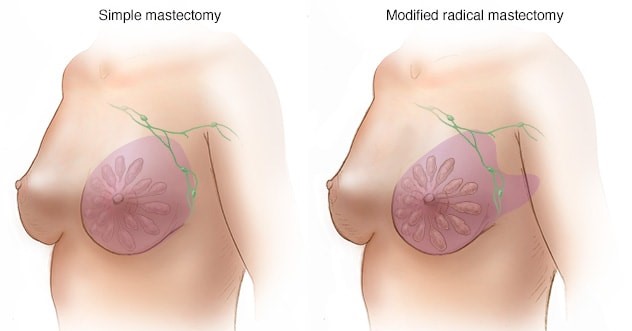
A postmenopausal woman with uterine prolapse is being fitted with a pessary. The nurse would be most alert for which side effect?
Explanation
Choice A reason: Increased vaginal discharge is a normal and expected outcome of using a pessary, as it helps to lubricate and cleanse the vagina.
Choice B reason: Urinary tract infection is not a common side effect of using a pessary, as it does not interfere with urination or introduce bacteria into the urinary tract.
Choice C reason: Vaginitis is not a common side effect of using a pessary, as it does not cause inflammation or infection of the vagina. However, the client should maintain good hygiene and use vaginal cream or gel as prescribed to prevent irritation.
Choice D reason: Vaginal ulceration is a serious and possible side effect of using a pessary, as it can cause pressure necrosis and erosion of the vaginal mucosa. The client should report any bleeding, pain, or foul-smelling discharge to the provider and have the pessary removed and replaced regularly.
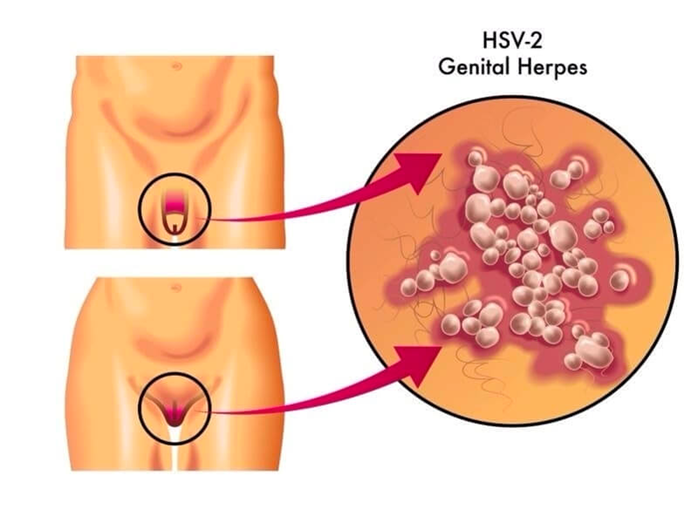
The public health nurse is teaching young adolescents in a sexual health class the proper use of a condom. Which statements made by the students indicate teaching was successful? Select all that apply.
Explanation
Choice A reason: Baby oil is not an acceptable lubricant, as it can damage the condom and reduce its effectiveness. The students should use water-based or silicone-based lubricants instead.
Choice B reason: Ensuring a tight fit of the condom is not advisable, as it can cause discomfort and increase the risk of breakage. The students should leave some space at the tip of the condom to collect semen and prevent spillage.
Choice C reason: Only using latex condoms is correct, as they are more effective than other materials in preventing pregnancy and sexually transmitted infections. The students should avoid using condoms made of natural skin or lambskin, as they are porous and can allow viruses to pass through.
Choice D reason: Placing the condom on an erect penis is correct, as it ensures proper application and prevents slippage. The students should unroll the condom over the entire length of the penis before any sexual contact.
Choice E reason: Storing the condoms in a cool dry place is correct, as it prevents exposure to heat, moisture, sunlight, or sharp objects that can damage the condom. The students should check the expiration date and integrity of the condom before use.
A client who has come to the clinic is diagnosed with endometriosis. What would the nurse expect the primary care provider to prescribe as a first-line treatment?
Explanation
Choice A reason: Antiestrogens are not a first-line treatment for endometriosis, as they can cause severe side effects such as bone loss, hot flashes, and vaginal dryness.
Choice B reason: Progestins are a first-line treatment for endometriosis, as they can suppress the growth of endometrial tissue and reduce pain and bleeding.
Choice C reason: Gonadotropin-releasing hormone analogues are a second-line treatment for endometriosis, as they can induce temporary menopause and cause bone loss, hot flashes, and mood changes.
Choice D reason: NSAIDs are not a treatment for endometriosis, as they can only provide symptomatic relief for pain and inflammation.
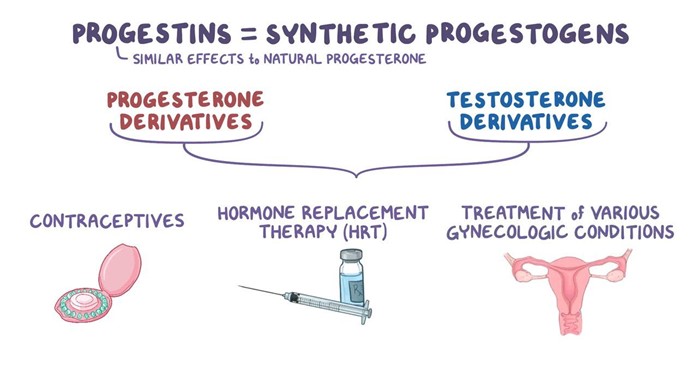
The public health nurse is teaching young adolescents in a sexual health class the proper use of a condom. Which statements made by the students indicate teaching was successful? Select all that apply.
Explanation
Choice A reason: Baby oil is not an acceptable lubricant, as it can damage the condom and reduce its effectiveness. The students should use water-based or silicone-based lubricants instead.
Choice B reason: Ensuring a tight fit of the condom is not advisable, as it can cause discomfort and increase the risk of breakage. The students should leave some space at the tip of the condom to collect semen and prevent spillage.
Choice C reason: Only using latex condoms is correct, as they are more effective than other materials in preventing pregnancy and sexually transmitted infections. The students should avoid using condoms made of natural skin or lambskin, as they are porous and can allow viruses to pass through.
Choice D reason: Placing the condom on an erect penis is correct, as it ensures proper application and prevents slippage. The students should unroll the condom over the entire length of the penis before any sexual contact.
Choice E reason: Storing the condoms in a cool dry place is correct, as it prevents exposure to heat, moisture, sunlight, or sharp objects that can damage the condom. The students should check the expiration date and integrity of the condom before use.
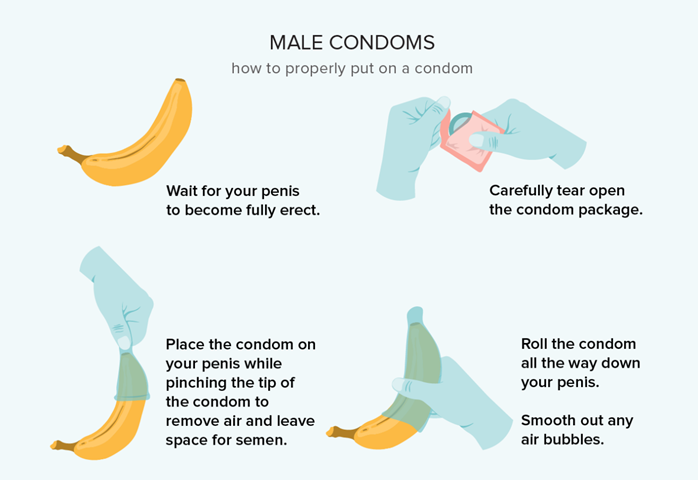
A nurse is working with a woman who has been diagnosed with severe fibrocystic breast disease. After describing the medications that can be used as treatment, the nurse determines that additional teaching is needed when the client identifies which drug is being used.
Explanation
Choice A reason: Danazol is a synthetic androgen that can be used to treat fibrocystic breast disease, as it can reduce estrogen levels and shrink breast tissue.
Choice B reason: Penicillin is an antibiotic that has no effect on fibrocystic breast disease, as it does not target hormonal or cellular changes in the breast.
Choice C reason: Bromocriptine is a dopamine agonist that can be used to treat fibrocystic breast disease, as it can lower prolactin levels and reduce breast tenderness.
Choice D reason: Tamoxifen is an antiestrogen that can be used to treat fibrocystic breast disease, as it can block estrogen receptors and inhibit breast cell growth.
The nurse is working with a group of community health members to develop a plan to address the special health needs of women. The group would design educational programs to address which condition is the priority.
Explanation
Choice A: Cancer is not the correct answer because it is not the leading cause of death among women. According to the World Health Organization, cancer accounted for 15% of all deaths among women in 2019.
Choice B: Heart Disease is the correct answer because it is the leading cause of death among women worldwide. According to the World Health Organization, heart disease accounted for 21% of all deaths among women in 2019. Many women are unaware of the risk factors and symptoms of heart disease, and may not seek timely medical attention. Therefore, educational programs that raise awareness and promote the prevention of heart disease are a priority for women's health.
Choice C: Diabetes is not the correct answer because it is not the leading cause of death among women. According to the World Health Organization, diabetes accounted for 4% of all deaths among women in 2019. However, diabetes can increase the risk of developing other complications such as heart disease, kidney disease, and blindness. Therefore, educational programs that teach women how to manage their blood sugar levels and prevent complications are important for women's health.
Choice D: Smoking is not the correct answer because it is not a condition, but a risk factor for many diseases. Smoking can increase the risk of developing lung cancer, heart disease, stroke, and chronic obstructive pulmonary disease. Therefore, educational programs that help women quit smoking and avoid exposure to secondhand smoke are beneficial for women's health.
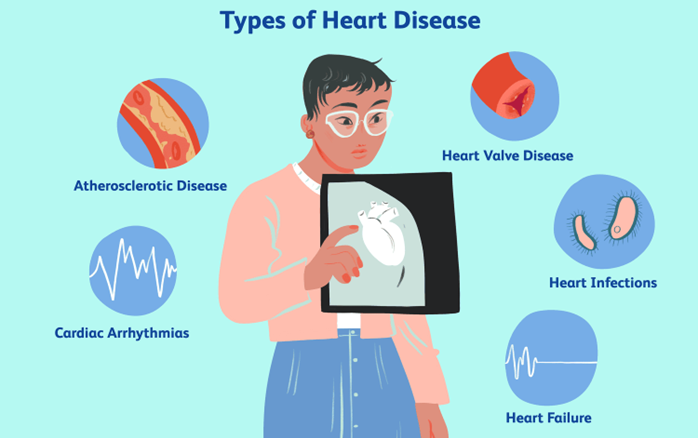
The nurse is working with a group of community health members to develop a plan to address the special health needs of women. The group would design educational programs to address which condition is the priority.
Explanation
Choice A: Cancer is not the correct answer because it is not the leading cause of death among women. According to the World Health Organization, cancer accounted for 15% of all deaths among women in 2019.
Choice B: Heart Disease is the correct answer because it is the leading cause of death among women worldwide. According to the World Health Organization, heart disease accounted for 21% of all deaths among women in 2019. Many women are unaware of the risk factors and symptoms of heart disease, and may not seek timely medical attention. Therefore, educational programs that raise awareness and promote the prevention of heart disease are a priority for women's health.
Choice C: Diabetes is not the correct answer because it is not the leading cause of death among women. According to the World Health Organization, diabetes accounted for 4% of all deaths among women in 2019. However, diabetes can increase the risk of developing other complications such as heart disease, kidney disease, and blindness. Therefore, educational programs that teach women how to manage their blood sugar levels and prevent complications are important for women's health.
Choice D: Smoking is not the correct answer because it is not a condition, but a risk factor for many diseases. Smoking can increase the risk of developing lung cancer, heart disease, stroke, and chronic obstructive pulmonary disease. Therefore, educational programs that help women quit smoking and avoid exposure to secondhand smoke are beneficial for women's health.
When describing the menstrual cycle to a group of young women, the nurse explains that estrogen levels are highest during which phase of the endometrial cycle?
Explanation
Choice A: Menstrual is not the correct answer because it is the phase when estrogen levels are lowest. The menstrual phase occurs when the endometrium (the lining of the uterus) is shed along with blood and mucus through the vagina.
Choice B: Ischemic is not the correct answer because it is the phase when estrogen levels are decreasing. The ischemic phase occurs when the blood supply to the endometrium is reduced due to vasoconstriction (narrowing of blood vessels). This phase prepares the endometrium for shedding if fertilization does not occur.
Choice C: Secretory is not the correct answer because it is the phase when progesterone levels are highest. The secretory phase occurs when the endometrium becomes thick and spongy due to increased secretion of mucus and glycogen (a form of sugar). This phase provides a suitable environment for implantation if fertilization occurs.
Choice D: Proliferative is the correct answer because it is the phase when estrogen levels are highest. The proliferative phase occurs when the endometrium regenerates and grows due to increased stimulation by estrogen. This phase prepares the endometrium for implantation if fertilization occurs.
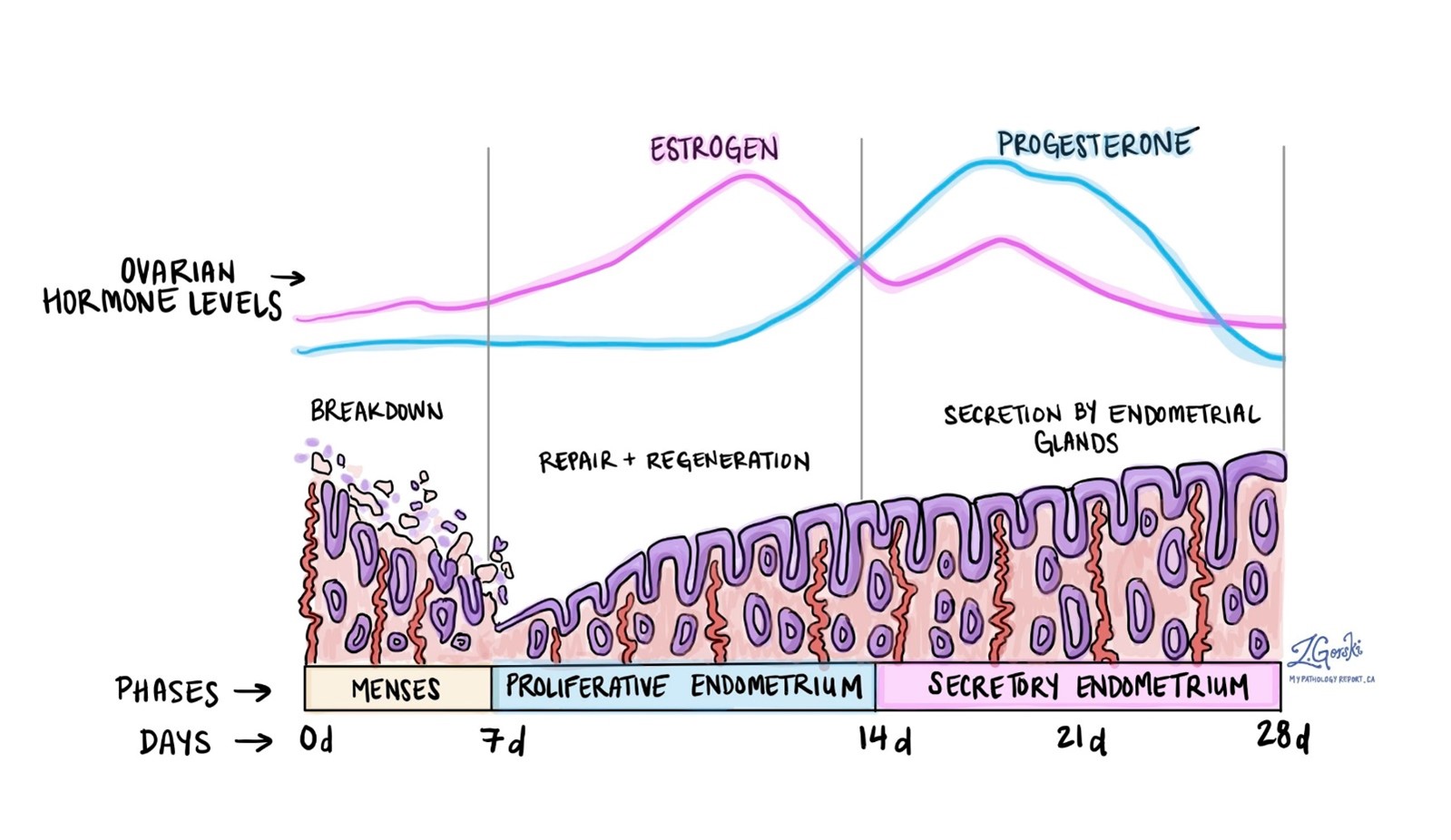
You just viewed 10 questions out of the 54 questions on the ATI Maternal Newborn Rn Exam. Subscribe to our Premium Package to obtain access on all the questions and have unlimited access on all Exams. Subscribe Now



